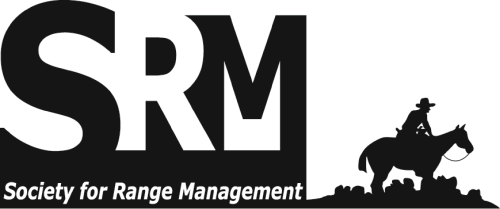Although research on the behavior of individual animals has been growing in recent years, the role that individual variation among animals may play in the outcome of species interactions in nature may be somewhat overlooked in natural resource management. Recognizing potential implications of individual behavioral variation can aid in developing more cost-effective and sustainable management techniques. Four illustrative examples are provided. Livestock foraging behaviors are important to understand, as they affect an animal''s ability to locate and identify forage with nutritional qualities required for optimal growth. Studying the behavior of individual animals can help livestock producers anticipate and influence livestock grazing patterns to increase efficiency and productivity. Sage-grouse populations have declined dramatically in many areas, and managers are required to consider their needs in all management decisions where the species persists. Sage-grouse exhibit complex mating, nesting, and migratory behaviors that are important to recognize for management to be successful. Mountain lions were generally assumed to prey mainly upon mule deer, but recent studies have found that individual lions may specialize on alternate prey such as feral horses or bighorn sheep. The Bureau of Land Management spends millions of dollars each year to manage feral horse populations. Revelations surrounding prey switching in individual mountain lions may support management goals in which feral horse predation is occurring but may hinder bighorn sheep translocation efforts by wildlife managers. Many plants important to land managers, including grasses, shrubs, and trees, are dispersed by granivorous rodents that store seeds in scattered caches, and a growing body of literature reveals that the majority of seedling recruitment for some of these species is attributable to scatter-hoarding by rodents. This relationship can be utilized for restoration applications, and variation in seed preferences among individual animals may be valuable in this regard. © 2017 The Rangelands archives are made available by the Society for Range Management and the University of Arizona Libraries. Contact lbry-journals@email.arizona.edu for further information.

Practical, non-technical peer-reviewed articles published by the Society for Range Management. Access articles on a rolling-window basis from vol 1, 1979 up to 3 years from the current year. More recent content is available by subscription from SRM.